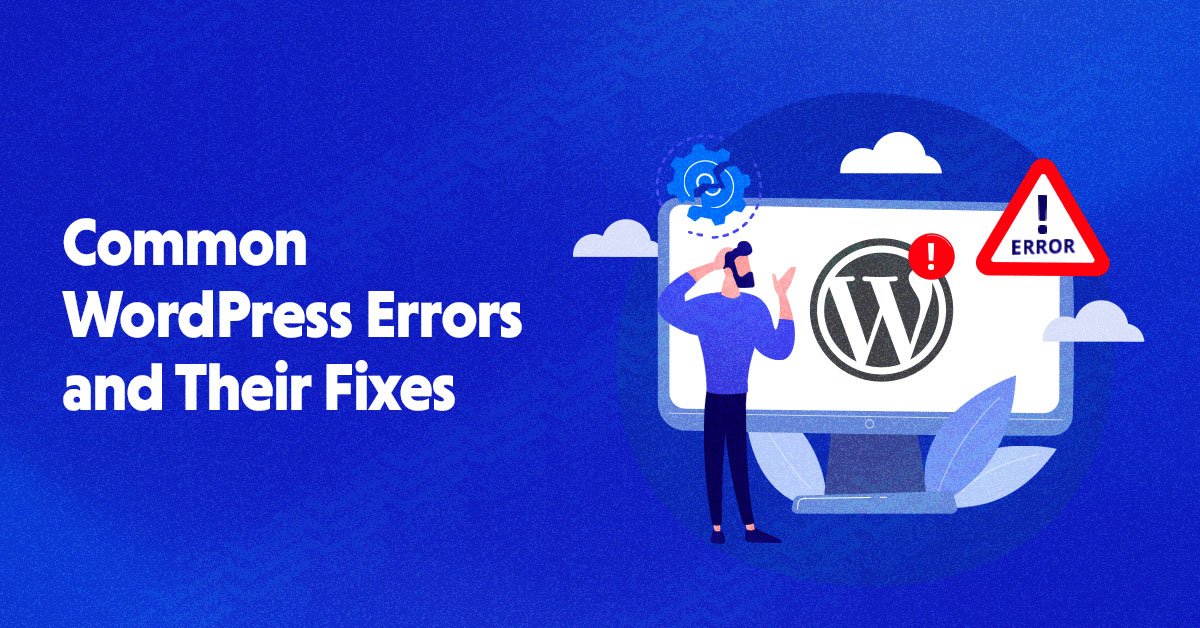Redesigning a website is exciting. It gives your brand a fresh look and can make your site more user-friendly and modern. But before you jump into the process, you need a proper checklist. A website redesign involves more than just changing colors or layout. It includes improving structure, content, SEO, speed, and how users interact with your site. Missing even one step can lead to problems after launch. Here’s a simple and complete checklist to help you plan your website redesign the right way.
Define the Main Goal of Your Redesign
Before doing anything, be clear about why you are redesigning your website. Do you want more visitors? Are you trying to improve the mobile experience? Is your current design too old? Knowing the reason helps you make the right decisions. Write down your goals, such as increasing leads, improving loading time, or creating a better user experience. These goals will guide the entire project.
Review Your Current Website
Take time to go through your current website. Check what is working and what is not. Which pages are getting good traffic? Which ones are outdated? Use tools like Google Analytics to see where visitors spend most of their time. Also, check for broken links, slow-loading pages, and poor mobile experiences. This helps you understand what to keep and what to fix.
Understand Your Target Audience
Your website should match the needs of your audience. Try to learn who your users are. What are their age groups? What devices do they use? What are they looking for on your site? When you know your audience, you can build a site that is easier for them to use. A good user experience often turns into better engagement and results.
Map Out Your New Website Structure
Think of your website like a building. You need a clear structure. Decide how many pages you need and how they will be connected. Create a simple sitemap, including the homepage, about page, services, contact page, and blog. This structure helps users and search engines understand your website better. It also improves navigation.
Make Mobile and Speed a Priority
More users now visit websites on their phones than on computers. That’s why mobile-first design is important. Choose layouts and features that work well on smaller screens. At the same time, your website must load fast. Slow sites lose visitors. Compress images, avoid heavy elements, and use clean code to boost loading speed.
If you’re not sure how to make your website mobile-friendly, consider reaching out to experts who offer Responsive Web Design Services In Udaipur. They can help your site look great on all devices.
Keep SEO in Mind from the Start
A new website design can affect your search rankings. So, it’s important to plan SEO from the beginning. Keep URLs short and clear. Use proper headings, alt tags for images, and make sure pages are easy to crawl. Redirect old URLs properly to avoid losing search traffic. Also, include keywords in your content naturally and use a clear title and meta description for every page.
Choose the Right Design and Branding
A new design should match your brand’s style and message. Choose colors, fonts, and layouts that reflect who you are. Avoid using too many design elements that can distract users. Clean and simple designs are often more effective. If you need help bringing your ideas to life, working with a professional Website Development Company In Udaipur can save time and ensure better results.
Review and Improve Your Content
Your content plays a big role in keeping visitors on your site. Go through your current content and see what can be updated. Remove outdated information, fix grammar, and write in a clear and friendly tone. Add new blog posts or sections that add value. Don’t forget to use headings and short paragraphs to make your content easier to read.
Adding calls-to-action (CTAs) like “Get in touch” or “Learn more” can help guide visitors to take the next step.
Focus on User Experience (UX)
A good website is easy to use. Make sure menus are clear, buttons are visible, and contact forms are simple. Users should be able to find what they are looking for in just a few clicks. You can also ask a few friends or customers to try the website before launch and get their feedback.
Udaipur Web Designer often works on improving UX by placing users first in the design process. This helps reduce confusion and increase satisfaction.
Test Before You Launch
Testing is the final but most important part of the checklist. Once the design and content are ready, test your website on different devices and browsers. Check links, forms, buttons, and loading time. Make sure everything works as expected. It’s also a good time to double-check SEO tags and analytics tracking codes.
You can create a small group of testers to explore your website and report issues. Fix all errors before making the site live.
Monitor After Launch
Even after launch, keep an eye on how the new website is performing. Use analytics tools to track user behavior, bounce rates, and conversions. If something isn’t working, fix it quickly. A website redesign is not a one-time task. It needs regular updates and improvements.
At Udaipur Web Designer, many clients realize that website performance improves over time with regular monitoring and optimization. Keep checking and keep growing.




